Growing Blue Bonnets - When To Plant Blue Bonnets In The Garden
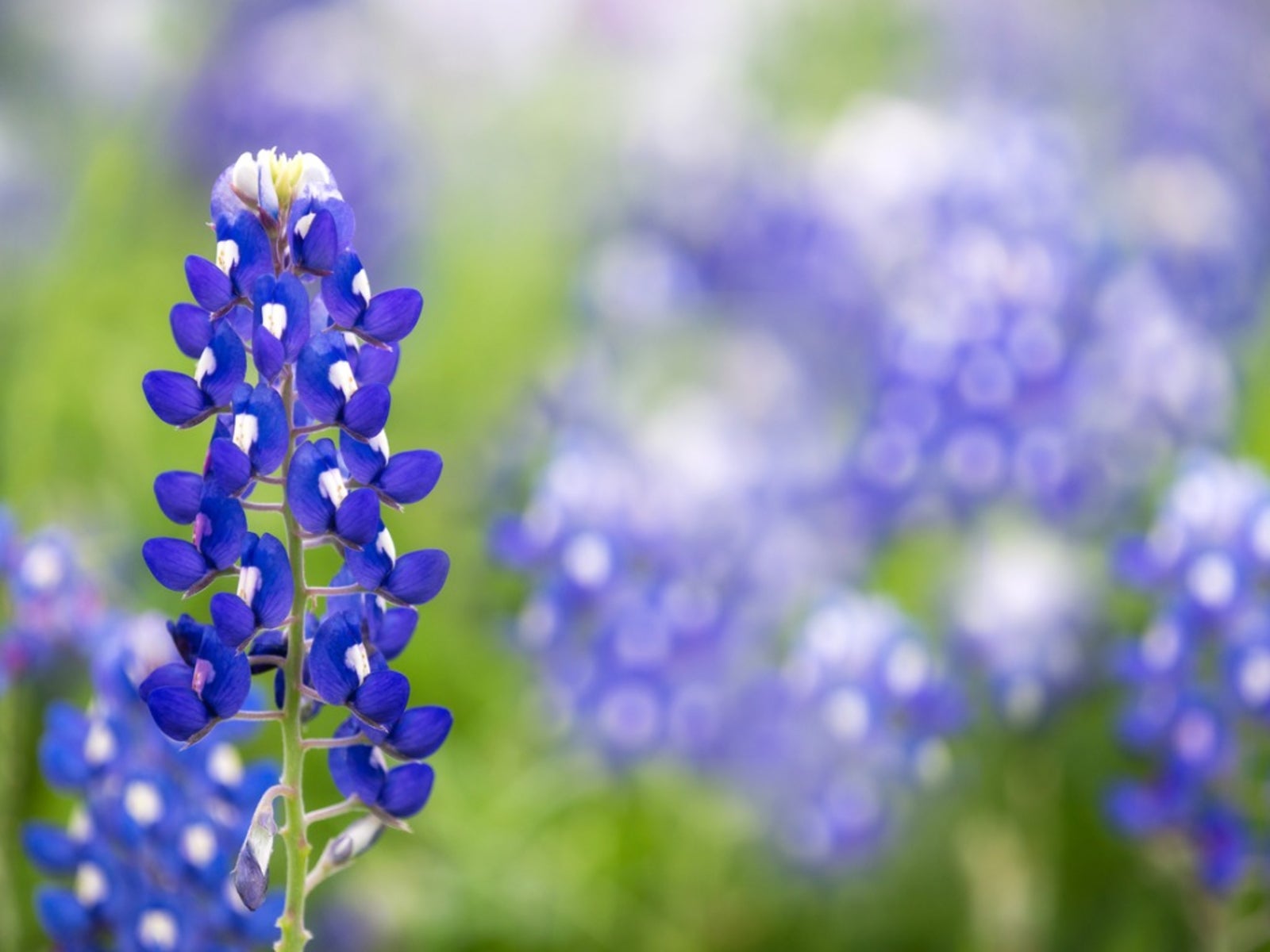

Growing blue bonnets adds an interesting shade of color to the spring landscape and for many gardeners, conjures thoughts of Texas. Some blue bonnets are native exclusively to the state; in fact, blue bonnets are the Texas state flower, although six types are included in the classification. Texas blue bonnets grow in other areas too, such as southern Louisiana, Mississippi, and Oklahoma. Gardeners in other places can add types of blue bonnets to the spring landscape by planting seeds of the various types of blue bonnet flowers. Blue bonnets are of the Lupine family. Lupinis perennis, the Sundial lupine, provides a blue bonnet specimen for Northern gardeners.
When to Plant Blue Bonnets
Depending on how southern the location, Texas blue bonnets usually bloom from February through April from seeds that are planted the previous autumn. Growing blue bonnets from seed is most successful when the seeds receive a special treatment called scarification. Scarification is the act of knicking, abrading, or otherwise puncturing the tough seed coat before planting. When growing blue bonnets from seed, you may purchase seed that is already scarified, or plant already sprouted seedlings. Blue bonnet flowers develop a large root system during the winter months. If you're considering when to plant blue bonnet flowers, keep in mind that bigger and more developed blooms result from earliest plantings. If care of blue bonnet plants does not include seed removal, seeds will drop and may sprout in coming years, although chances of an untreated seed sprouting the following year is about 20 percent.
Care of Blue Bonnet Plants
Plant Texas blue bonnets in a sunny location, as at least eight hours of sun is needed daily. Texas blue bonnets can even be seeded into the lawn for color before the grass turns green. Plant seeds of Texas blue bonnets into lawns seeded with Bermuda or Zoysia grass for early season blooms. Limit watering of established plants, as plants of this genus are accustomed to the hot, dry summers of Texas and are drought resistant. Young seedlings of Texas blue bonnets should be grown in well-draining soil that is never allowed to stay soggy, as blue bonnet flowers have a tendency to damp off. Soil should be heavily amended with organic material for the top few inches (8 cm.) before planting blue bonnets. Bait is often necessary to keep pillbugs away from the seeds of blue bonnet flowers.
Gardening tips, videos, info and more delivered right to your inbox!
Sign up for the Gardening Know How newsletter today and receive a free copy of our e-book "How to Grow Delicious Tomatoes".

Becca Badgett was a regular contributor to Gardening Know How for ten years. Co-author of the book How to Grow an EMERGENCY Garden, Becca specializes in succulent and cactus gardening.
-
 Looking For Plants To Give You The Soft And Fuzzies? Try These 5 Fuzzy Leaf Plant Options
Looking For Plants To Give You The Soft And Fuzzies? Try These 5 Fuzzy Leaf Plant OptionsLovers of texture, drama, silver foliage and tactile plants will adore these special sensory garden additions. These fuzzy leaf plant options will leave you all aglow
By Susan Albert
-
 Get Ready For A Summer Of Hummers! Grow These Full Sun Hummingbird Plants and Flowers
Get Ready For A Summer Of Hummers! Grow These Full Sun Hummingbird Plants and FlowersIf you’re lucky enough to enjoy a sunny backyard, make sure you are maxing out on your pollinator opportunities and grow these full sun hummingbird plants and flowers
By Tonya Barnett
-
 How To Safely Grow Lupines In The Garden Near Edible Plants
How To Safely Grow Lupines In The Garden Near Edible PlantsIs the tall and lovely lupine edible when planted near vegetables? Maybe not - learn what kind of lupine you’re planting to avoid the toxic varieties.
By Mary Ellen Ellis
-
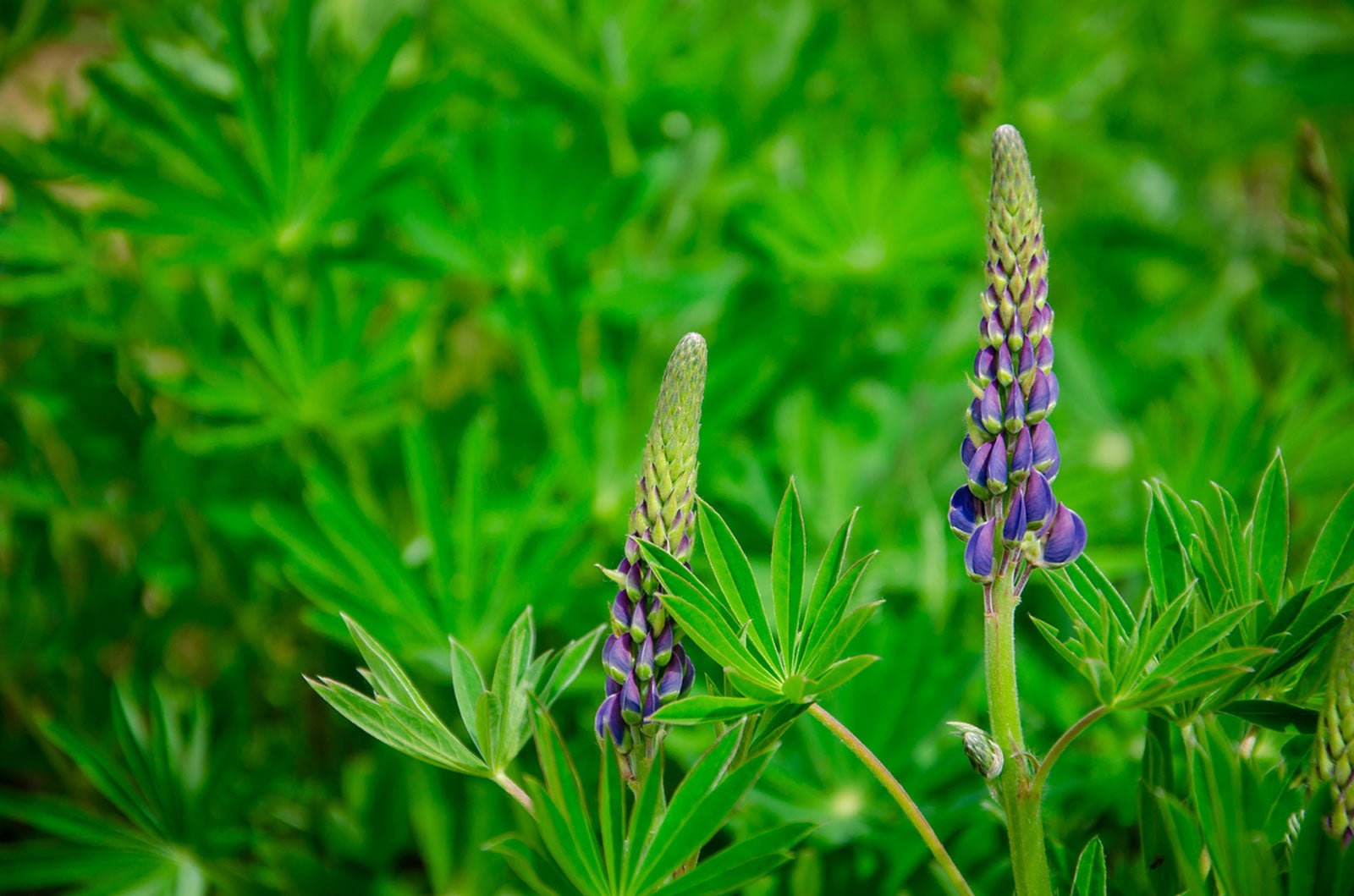 Arroyo Lupine Information: Learn How To Grow An Arroyo Lupine Plant
Arroyo Lupine Information: Learn How To Grow An Arroyo Lupine PlantArroyo lupine plants are the welcome signs of spring on the rocky slopes and grasslands of the Western United States. Pollinators are highly attracted to these plants and the seeds sustain small wildlife critters. For more arroyo lupine information, click here.
By Mary H. Dyer
-
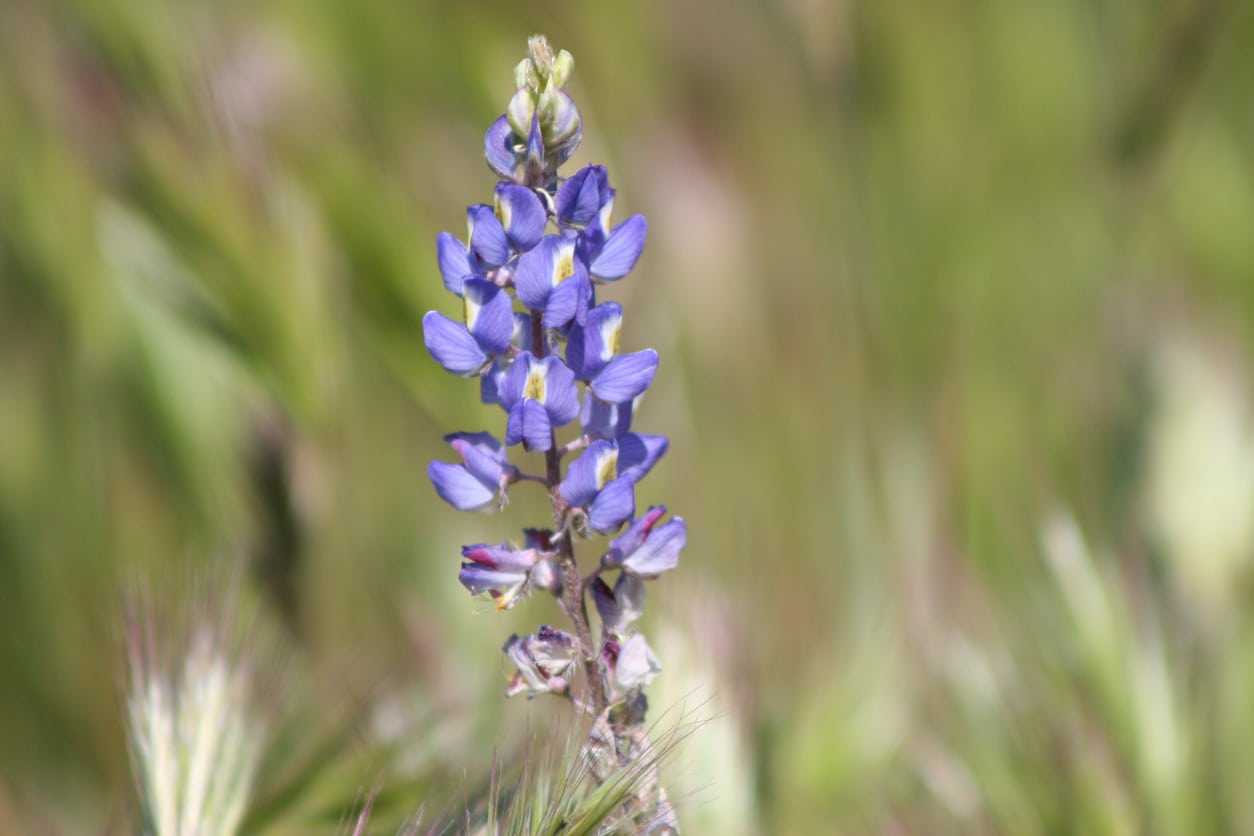 Desert Lupine Plant Care – How To Grow Desert Lupine Plants
Desert Lupine Plant Care – How To Grow Desert Lupine PlantsDesert lupine is a wildflower that grows across the southwestern United States and parts of northern Mexico. This nectar-rich desert wildflower is highly attractive to a number of pollinators, including honeybees and bumblebees. Learn more here.
By Mary H. Dyer
-
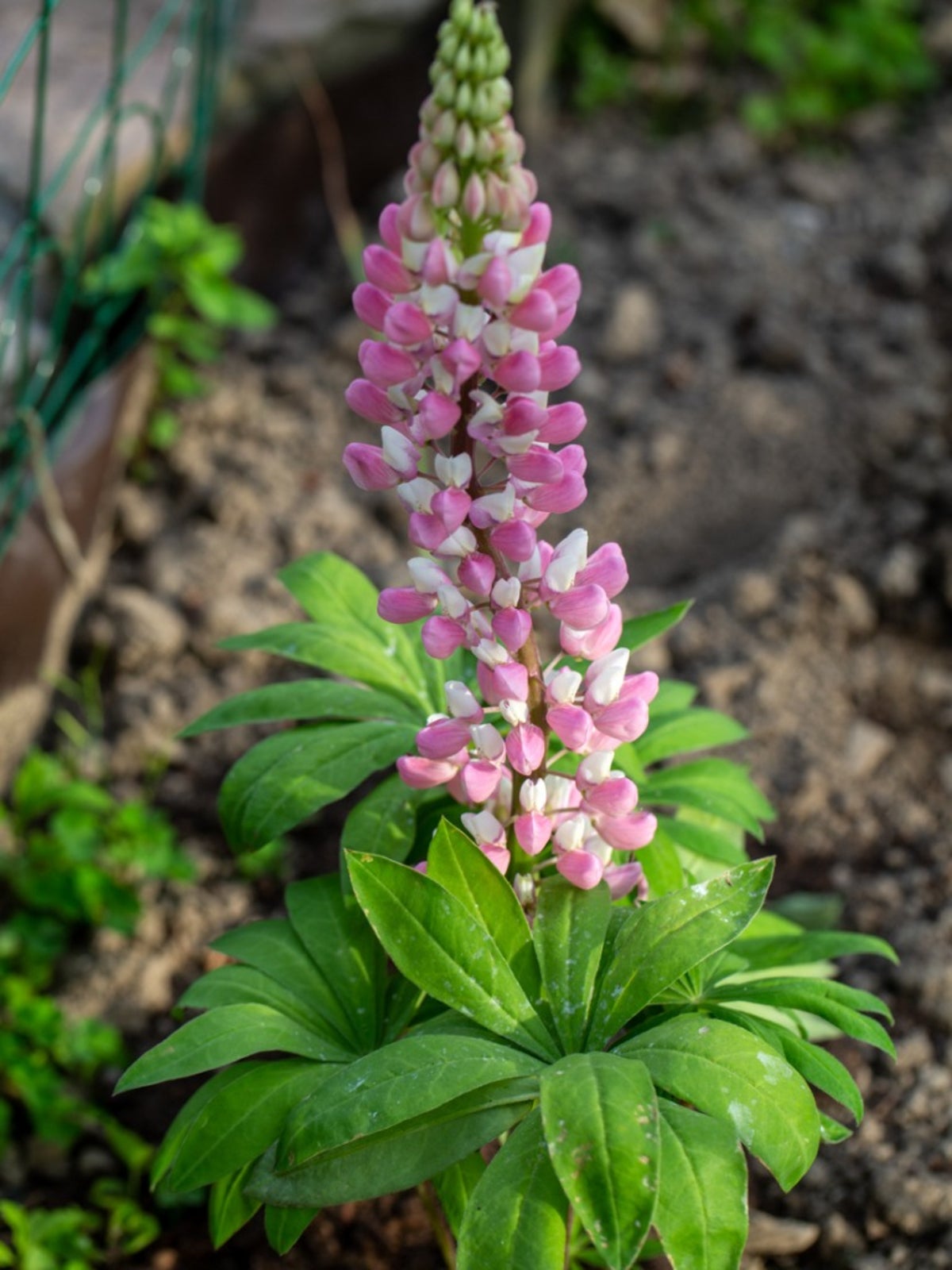 Bigleaf Lupine Care: What Is A Bigleaf Lupine Plant
Bigleaf Lupine Care: What Is A Bigleaf Lupine PlantBigleaf lupine is a big, tough, flowering plant that is sometimes grown as an ornamental but is also often battled as a weed. Click on the following article to learn more about growing bigleaf lupines and when bigleaf lupine control is the best option.
By Liz Baessler
-
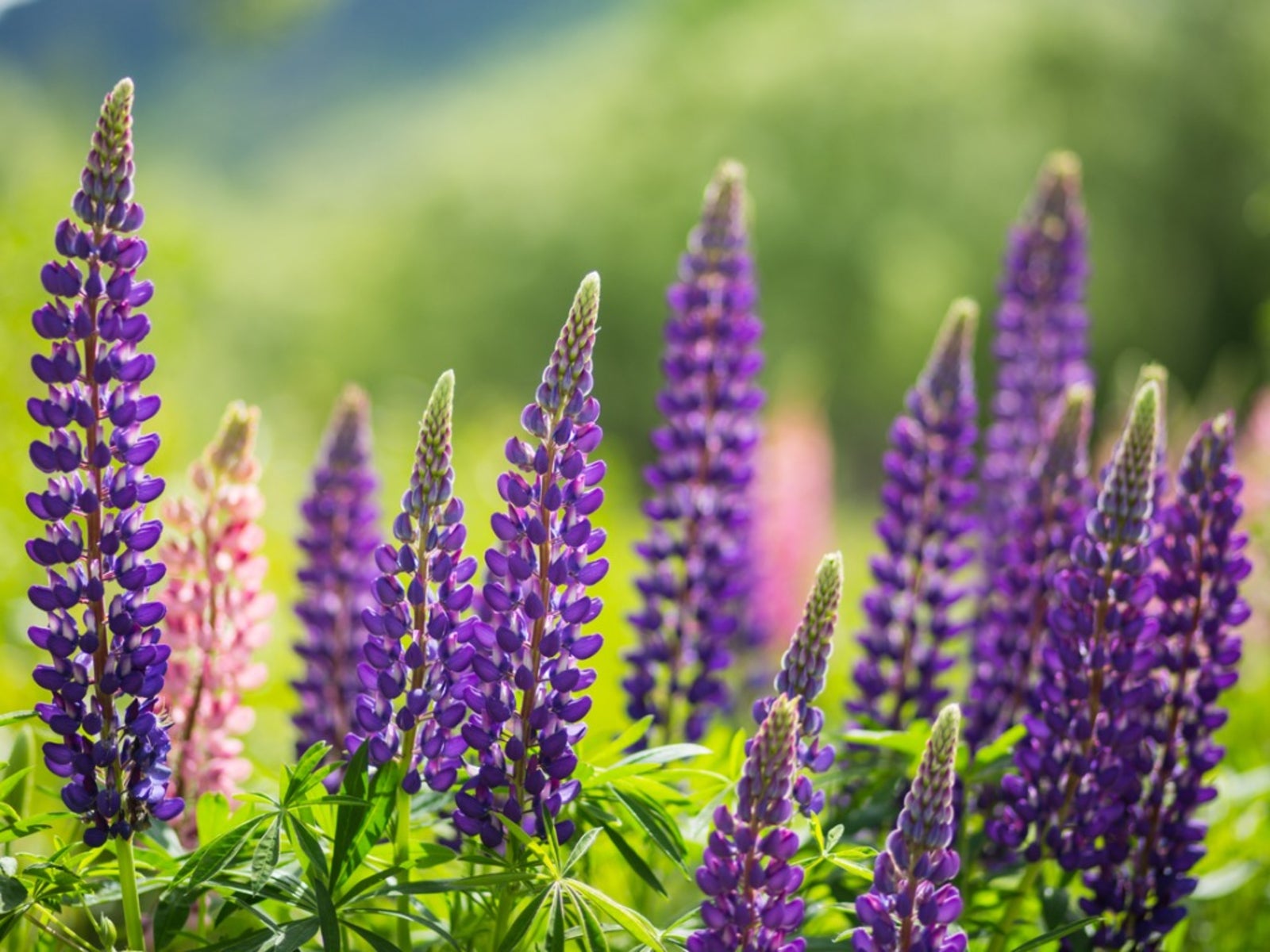 Lupine Plant Diseases – Controlling Diseases Of Lupines In The Garden
Lupine Plant Diseases – Controlling Diseases Of Lupines In The GardenLupines are attractive, easy to grow flowering plants that tolerate cool and moist conditions, and produce stunning spikes of flowers in a wide range of colors. The only real drawback is the plant's relative sensitivity to disease. Learn more here.
By Liz Baessler
-
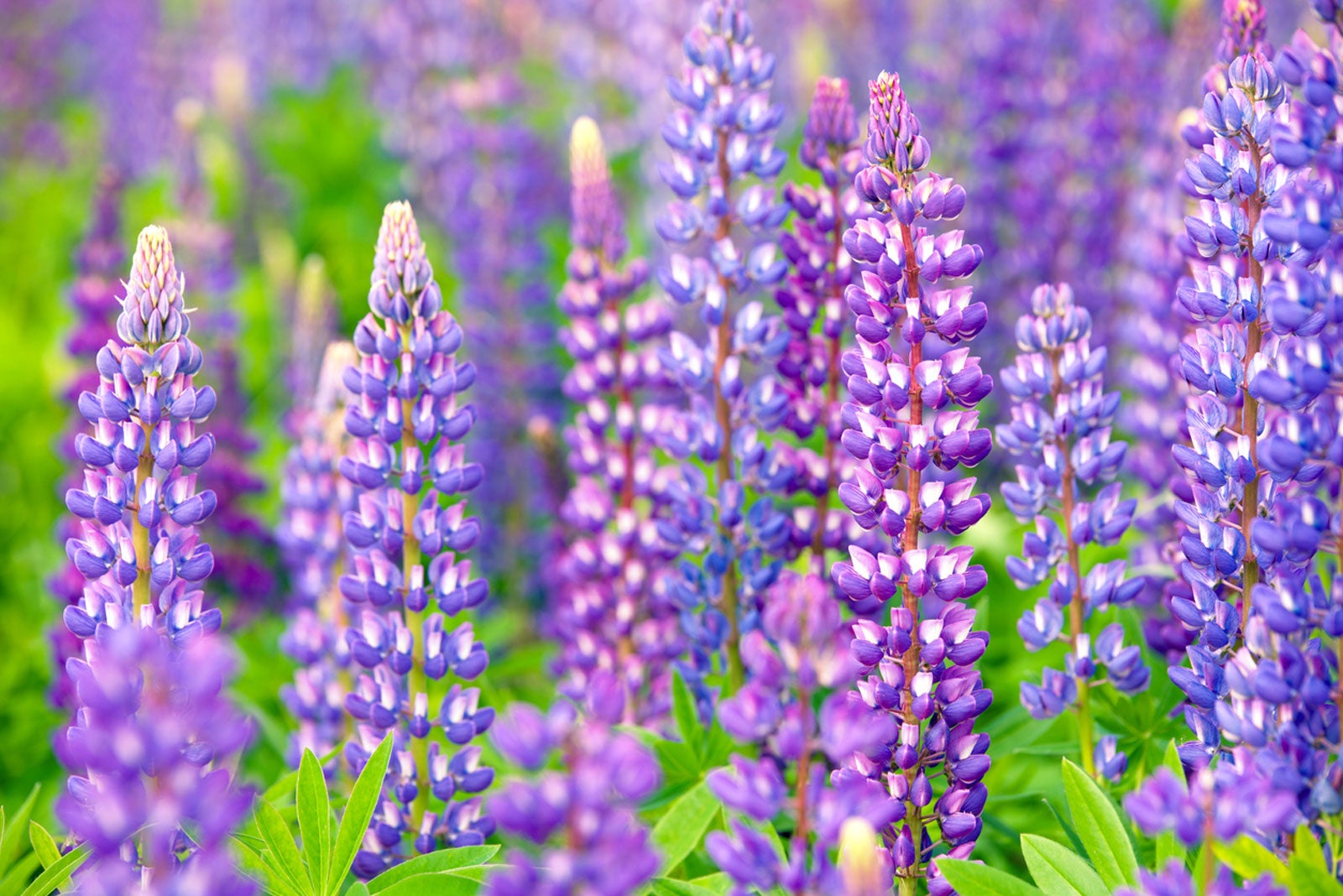 Planting Lupine Flowers - How To Grow Lupines
Planting Lupine Flowers - How To Grow LupinesLupines are attractive and spiky, reaching 1 to 4 feet (30 to 120 cm) in height, adding color and texture to the back of a flowerbed. Pollinators love them.
By Becca Badgett